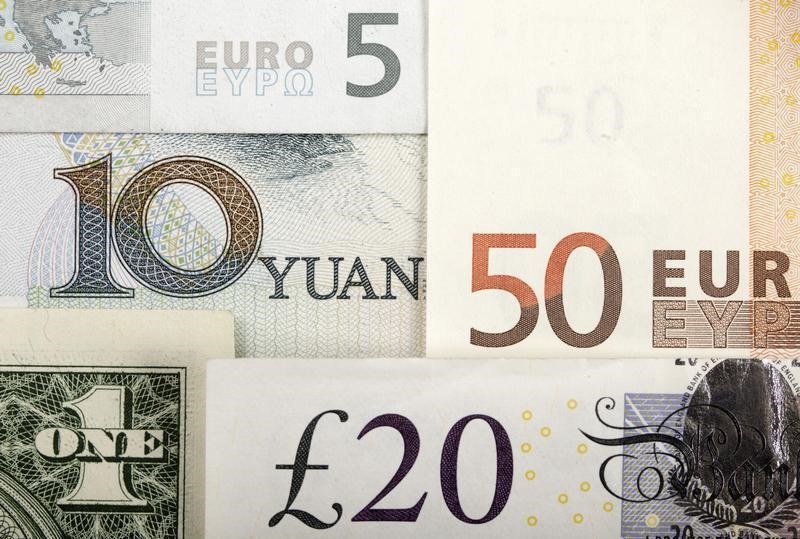(Bloomberg) -- Two Federal Reserve officials said further interest-rate hikes will be necessary to ensure inflation returns to the US central bank’s 2% goal over time.
Federal Reserve Bank of Cleveland President Loretta Mester said Thursday she saw a compelling case for rolling out another 50 basis-point interest-rate hike earlier this month. She also said the policymakers need to keep moving toward a restrictive level to curb price pressures, a view echoed by her counter part at St. Louis, James Bullard.
“At this juncture, the incoming data have not changed my view that we will need to bring the fed funds rate above 5% and hold it there for some time,” Mester said. “Indeed, at our meeting two weeks ago, setting aside what financial market participants expected us to do, I saw a compelling economic case for a 50 basis-point increase, which would have brought the top of the target range to 5%,” she said.
Fed officials voted unanimously to lift the benchmark lending rate at the start of February by a quarter of a percentage point, raising it to a range of 4.5% to 4.75%. That followed a half percentage-point increase at their December meeting, which came after four consecutive jumbo-sized 75 basis-point hikes.
“Continued policy-rate increases can help lock in a disinflationary trend during 2023, even with ongoing growth and strong labor markets, by keeping inflation expectations low,” Bullard told the Greater Jackson Chamber in Jackson, Tennessee.
While Mester and Bullard participate in deliberations, they do not vote on monetary policy decisions this year.
Faster Pace
The Fed could accelerate the pace of rate increases again if economic conditions warrant, Mester said in a question-and-answer session following her remarks.
“It’s not always going to be, you know, 25,” she said, referring to basis points. “As we showed, when the economy calls for it, we can move faster, and we can do bigger at any particular meeting. And it’s going to be driven by how the economy is evolving.”
A report Thursday showed US producer prices rebounded in January by more than expected, following consumer price data earlier this week that didn’t slow by as much as forecast.
Taken with data out Wednesday that showed robust retail sales and better-than-expected manufacturing data, traders are upping their bets for further Fed action. They now see a greater chance that policymakers will return to outsize interest-rate increases at their upcoming March meeting.
Asked when she might be comfortable with the Fed pausing rate increases, the Cleveland Fed president said Fed officials are still working toward raising rates to a level that’s high enough to bring inflation down to their target.
“Nothing right now is leading me to think that I need to really be focused on that question at this point,” Mester said on a call with reporters following the event organized by the Global Interdependence Center and the University of South Florida Sarasota-Manatee.
Peak Rate
Officials in December penciled in a peak interest rate of 5.1% this year, based on the median forecast, implying two more quarter-point increases. Several policymakers said Tuesday that interest rates may need to move to a higher level than anticipated to ensure inflation continues to ease.
Bullard said Thursday that continued hikes as well as a low level of inflation expectations “may combine to make 2023 a disinflationary year,” Bullard said. “In part due to front-loaded Fed policy during 2022, market-based measures of inflation expectations are now relatively low.”
The St. Louis Fed official said he expects economic growth to moderate this year and the unemployment level to return to a more normal longer-run level.
©2023 Bloomberg L.P.

